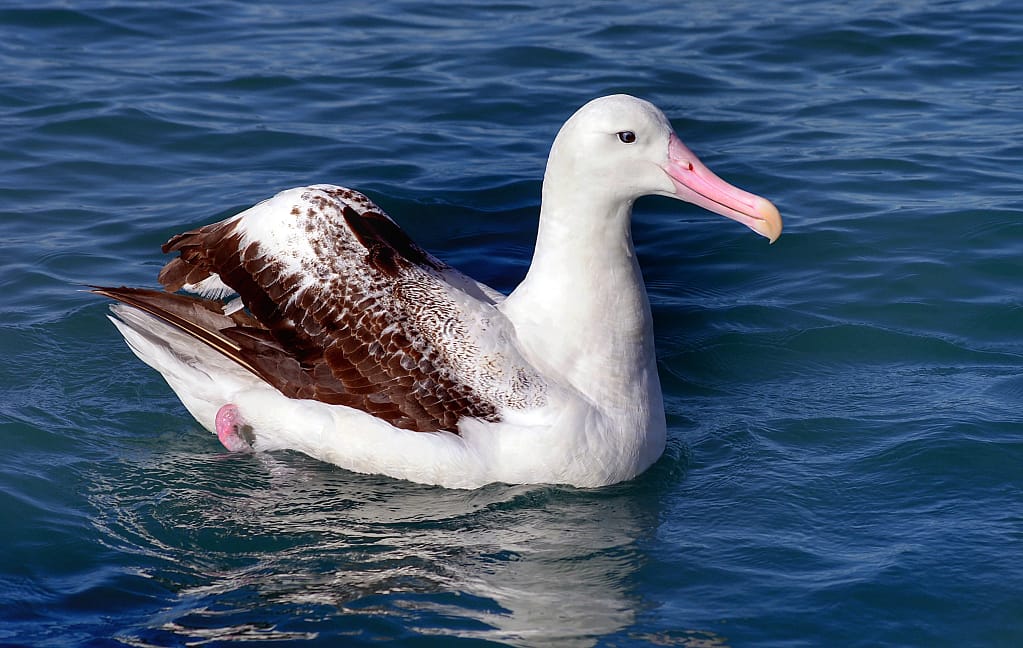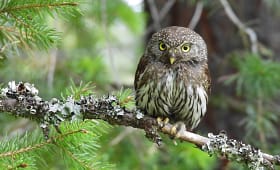A Journey to Witness the World’s Largest Flying Birds. For bird enthusiasts and nature lovers, there’s something truly awe-inspiring about witnessing the majesty of birds with the largest wingspans. These magnificent creatures, masters of the air, can soar effortlessly across vast distances, showcasing the power and beauty of the natural world.
In this blog post, we’ll explore the world of these avian giants, discovering their unique characteristics, habitats, and the best places to witness their breathtaking flights.
The Reigning Champions: Albatrosses
When it comes to wingspan, albatrosses reign supreme. These seabirds, particularly the wandering albatross, boast the largest wingspan of any living bird, reaching up to an astonishing 12 feet (3.6 meters). Their incredible wings allow them to glide effortlessly over vast oceans, often traveling thousands of miles in search of food.
Wandering Albatross: These majestic birds are found in the Southern Ocean, circumnavigating the globe in search of food. Their wingspan can reach up to 12 feet, allowing them to soar for hours without flapping their wings.

Royal Albatross: Another impressive albatross species, the royal albatross, has a wingspan of up to 10 feet (3 meters). They are found in the waters around New Zealand and the sub-Antarctic islands

Other Notable Contenders
While albatrosses hold the record for the largest wingspan, several other bird species also possess impressive wings, allowing them to soar and glide with remarkable grace.
- Andean Condor: This South American vulture is one of the largest flying land birds, with a wingspan reaching up to 10.5 feet (3.2 meters). They are found in the Andes Mountains, where they soar on thermal currents, searching for carrion.

Marabou Stork: The majestic Marabou stork, with its impressive wingspan reaching up to 8.9 feet (2.7 meters), is a remarkable sight in Africa. These scavengers thrive in wetlands and savannas, showcasing their ability to travel vast distances in search of sustenance. In Uganda, these magnificent birds can be spotted not only in the wild but also amidst the vibrant energy of busy towns and bustling markets. Their presence is a striking reminder of nature’s resilience and adaptability. Don’t miss the chance to observe these incredible creatures in their diverse habitats!

Dalmatian Pelican: This large pelican species has a wingspan of up to 9.5 feet (2.9 meters). They are found in southeastern Europe and Asia, where they inhabit lakes and wetlands.

Where to Witness the world’s largest flying birds?
For bird enthusiasts eager to witness these magnificent birds in their natural habitat, several destinations offer excellent opportunities:
- Southern Ocean: The best place to see wandering albatrosses is in the Southern Ocean, particularly around the sub-Antarctic islands. Several tour operators offer cruises that visit these remote locations.
- Andes Mountains: The Andes Mountains in South America are home to the Andean condor. Several national parks and reserves offer opportunities to spot these birds, including Colca Canyon in Peru and Torres del Paine National Park in Chile.
- African Savannas: Marabou storks are a common sight in the savannas of Africa, particularly near wetlands and watering holes. National parks such as Serengeti National Park in Tanzania and Kruger National Park in South Africa offer excellent birdwatching opportunities.
- European Wetlands: Dalmatian pelicans can be found in several wetlands in southeastern Europe, including the Danube Delta in Romania and Lake Kerkini in Greece.
Tips for viewing the World’s Largest Flying Birds
- Bring binoculars: A good pair of binoculars is essential for birdwatching, allowing you to get a closer look at the birds.
- Dress appropriately: Wear comfortable clothing and shoes, and be prepared for changing weather conditions.
- Be patient: Birdwatching requires patience. The longer you spend in the field, the more likely you are to see interesting birds.
- Respect the environment: Be mindful of your impact on the environment and avoid disturbing the birds or their habitats.
Conclusion
Witnessing the world’s largest flying birds in their natural habitat is an unforgettable experience. These magnificent creatures, with their incredible wingspans and graceful flights, are a testament to the power and beauty of the natural world. By visiting the destinations mentioned in this blog post and following the tips for birdwatching, you can embark on your own journey to witness these avian wonders and create memories that will last a lifetime.






